The transmission and distribution of electricity is a critical component of modern life, powering homes, businesses, and industries worldwide. The field of information and distribution includes the design, construction, operation, and maintenance of the complex network of infrastructure that delivers electricity from power plants to homes and businesses.
With the ongoing transition towards renewable energy and the increasing demand for clean and sustainable energy sources, the role of transmission and distribution in the energy sector has never been more critical.
As the world continues to shift towards a more sustainable energy future, the transmission and distribution field will play a crucial role in ensuring the reliable and efficient delivery of electricity to homes and businesses.
Current state:
Transmission & Distribution jobs are in high demand due to the growing need for renewable energy sources and the ongoing modernization of existing energy infrastructure.
Positions in this sector include electrical engineers, power line installers and repairers, power plant operators, and technicians. These jobs require a strong understanding of electrical systems, safety protocols, and the ability to work in challenging environments.
Future trends:
In the future, there will be a shift towards renewable energy sources such as wind and solar power, which will require installing and maintaining new transmission and distribution systems. This will demand skilled workers who can design, install, and operate these systems.
Additionally, advancements in technology, such as smart grids and energy storage systems, will require workers with specialized knowledge and expertise.
Another trend is the increasing focus on cybersecurity. Protecting the transmission and distribution systems from cyber-attacks will become critical as the energy sector becomes more reliant on digital technologies. This will require workers with specialized knowledge in cybersecurity and digital infrastructure.
Aging Workforce:
As mentioned earlier, many workers in the transmission and distribution field are approaching retirement age. This poses a problem as well as a chance. On the one hand, it creates a need for new workers to fill these positions.
On the other hand, it creates a potential knowledge gap if these workers retire without passing on their expertise to the next generation. Many companies are implementing training programs to address this challenge to help younger workers learn the skills they need to succeed in this field.
Sustainability and Environmental Concerns:
The growing demand for clean energy and sustainability is another factor that will impact Transmission & Distribution Jobs. With the increasing adoption of renewable energy sources, such as wind and solar power, workers will need to design and operate transmission and distribution systems that integrate these new technologies.
In addition, there will be a growing need for workers who understand energy efficiency and environmental management.
Also Read: 7 Solar Energy Jobs In The Renewable Energy Field
Decentralization and Distributed Energy Resources:
The increasing adoption of decentralized and distributed energy resources, such as rooftop solar panels, will also impact Transmission & Distribution Jobs. With more energy being generated at the point of consumption, there will be a need for new systems and technologies to manage this distributed energy.
This will require workers who can design and operate these systems, as well as workers who can handle the integration of these decentralized systems into the existing centralized grid.
Smart Grid Technologies:
The increasing adoption of innovative grid technologies is another factor that will impact the future of transmission and distribution jobs. Smart grids use advanced communication and control technologies to optimize the operation of the electrical grid.
This includes real-time grid monitoring, grid operations automation, and integrating renewable energy sources and energy storage systems.
Electric Vehicles:
The increasing adoption of electric vehicles (EVs) is also expected to impact the future of transmission and distribution jobs. As more people switch to EVs, there will be a growing demand for charging infrastructure.
This will require workers who can design and install charging stations, as well as workers who can manage the flow of electricity between the grid and EVs.
Automation and Robotics:
As with many industries, the Transmission & Distribution Jobs field is increasingly using automation and robotics. This includes using drones and other uncrewed aerial vehicles to inspect and maintain transmission lines and using robots to perform maintenance tasks in difficult-to-reach areas.
While automation and robotics can help to improve safety and efficiency in the field, they also require workers with specialized training in these technologies.
As such, the future of transmission and distribution jobs will likely include growing demand for workers with expertise in automation and robotics.
Conclusion
In conclusion, the future of Transmission & Distribution jobs will be shaped by various factors, including the aging workforce, sustainability and environmental concerns, and the increasing adoption of decentralized and distributed energy resources.
While these factors present challenges and opportunities, workers in this field who are willing to adapt and learn new skills will be well-positioned to take advantage of the many opportunities.
The transmission and distribution field is an exciting and vital industry that will play a critical role in shaping the future of energy production and distribution.
Also Read: How to Land a Sustainable Finance Job in Today’s Market

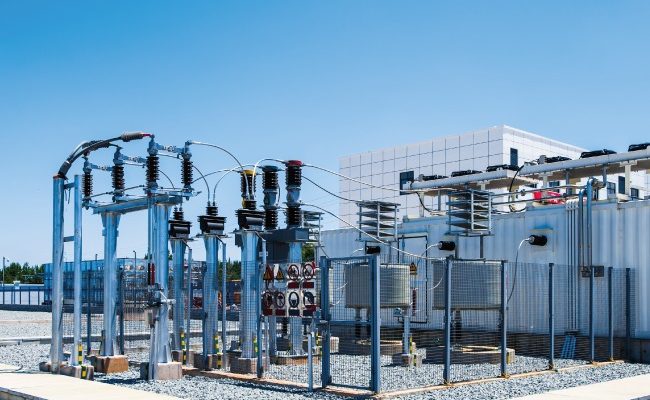
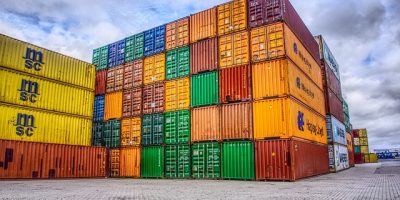

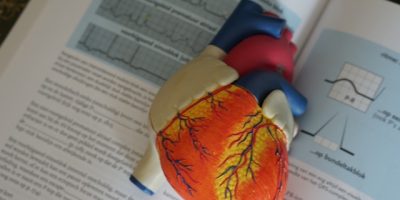


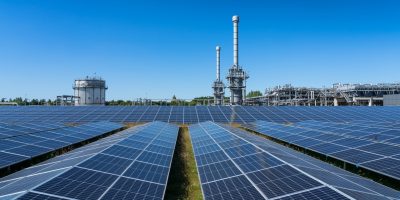
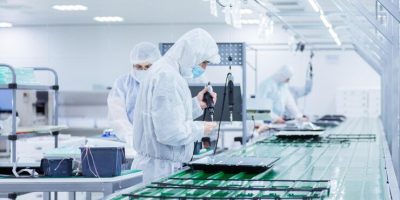
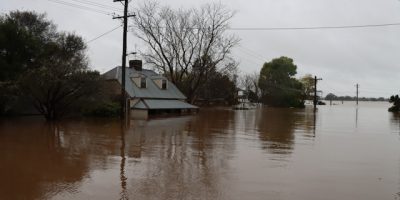



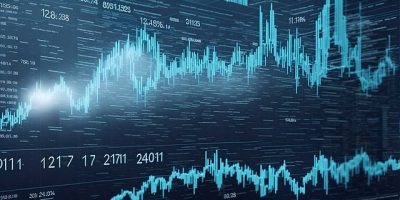
Comments